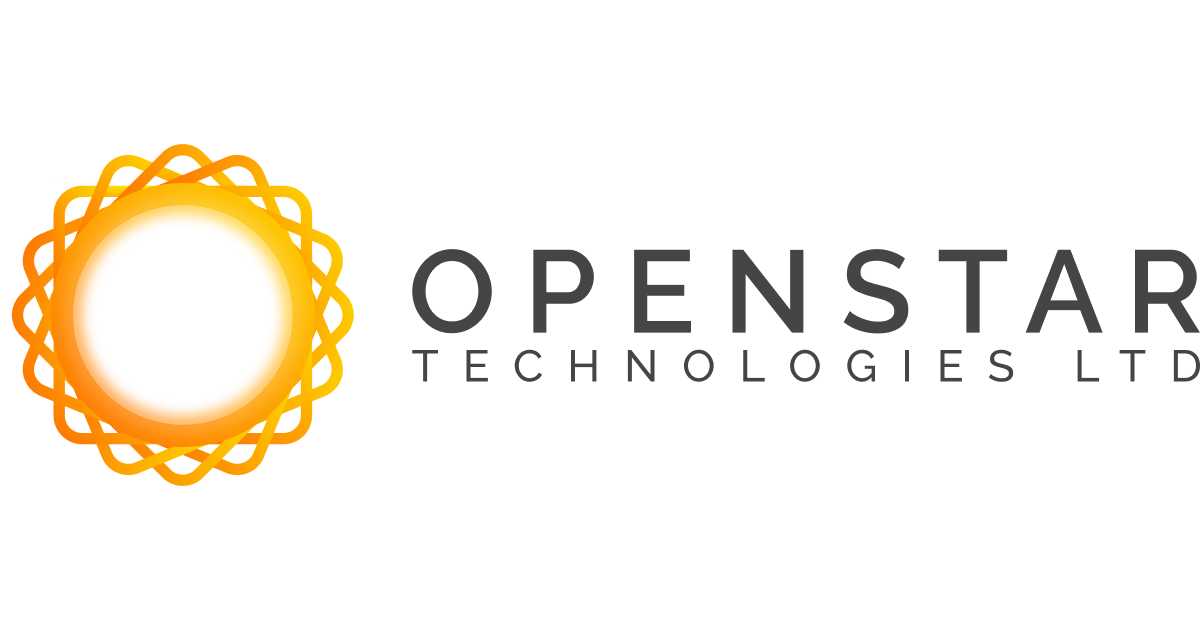OpenStar Technologies, a New Zealand-based fusion research company, has reached a key milestone by generating its first plasma. Nuclear fusion research is exploding across the globe. OpenStar has adopted a novel approach to achieving commercial fusion energy that does not utilize a tokamak or stellarator design for its device. It is working on a levitated dipole reactor (LDR).
Nuclear fusion on Earth works by replicating the process that stars use to generate energy. Inside a star, high temperature and pressure force nuclei of lighter atoms to fuse into larger atoms and release tremendous amounts of energy.
Replicating the stellar fusion process on Earth would generate energy without any carbon emissions or radioactive waste. Nuclear fusion research has been going on for decades but has recently accelerated. Multiple approaches are being attempted to attain a net energy gain from this process.
Tokamaks and stellarators are popular designs for nuclear fusion reactors and have shown great promise. However, OpenStar has taken a riskier approach by opting for an LDR design.
A dipole system contains separated positive and negative charges. Such systems can be built in the lab, and they also occur naturally in nature. Nuclear fusion reactions require temperatures of several hundred million degrees. OpenStar researchers believe that dipoles can accommodate this heat and be scaled to build a fusion machine.
Many fusion researchers utilize a magnetic field to confine the high-temperature plasma in a fusion reactor from hitting the walls. OpenStar’s approach achieves the same goal by constructing a magnetosphere similar to the one that exists around planets.
In the magnetosphere, the highest-energy particles find their way toward the poles (in this case, the support system of the reactor). OpenStar avoids this problem by using levitation to keep the plasma within its doughnut-shaped reactor. The advantage of the LDR is that it does not have a lot of stored energy or “plasma current” that can potentially blow up the reactor in the case of other designs.
OpenStar magnets utilize high-temperature superconductors (HTS). These are made of rare earth barium and copper oxides (REBCO) and can produce magnetic fields as strong as 20 Tesla. The Earth’s natural magnetic field is about fifty microteslas.
OpenStar uses a helium gas loop to achieve temperatures of fifty Kelvin (-223 degrees Celsius) for the HTS magnets to operate in and create dipoles for the fusion reaction. The advantage of using an HTS magnet in this design is that it can be built faster and iterated quickly.
Since the plasma in an LDR is stable and turbulence is not much of an issue, the team at OpenStar can create long pulse lengths for it. In the five trial shots they recently ran, the pulse length was between five and twenty seconds.
Limiting pulse lengths to this time was necessary to gather the data required for their analysis. The LDR reactor is only at a prototype stage. However, achieving first plasma sets the stage for further technological advances in the years to come.
OpenStar is hopeful that its LDR reactor can begin generating electricity as early as 2030.

